Best Flea and Ear Mite Treatment for Cats (2025 Review)
If your cat constantly scratches, shakes its head, or shows dark debris in its ears while also biting or licking its fur, it may be suffering from fleas and ear mites at the same time. These two parasites are among the most common in cats, and they often appear together. Left untreated, fleas can cause skin irritation and anemia, while ear mites can lead to painful infections and even hearing loss. The good news? With the right flea and ear mite treatment for cats, you can restore your cat’s comfort and prevent long-term health problems.
Flea and Ear Mite Medicine for Cats
Types of Medicines
There are several options available for flea and ear mite medicine for cats:
Topical spot-on treatments – Containing ingredients like selamectin or moxidectin, which work against fleas and ear mites simultaneously.
Oral medications – Effective for fleas but usually less reliable against ear mites.
Ear drops – Often containing ivermectin or milbemycin, specifically designed to eliminate ear mites directly in the ear canal.
How to Choose Safely
Always match the treatment to your cat’s age, weight, and health condition. Cats with pre-existing liver or kidney problems should only receive medications approved by a veterinarian. Avoid mixing multiple products unless instructed by a professional, as overdosing can be toxic.
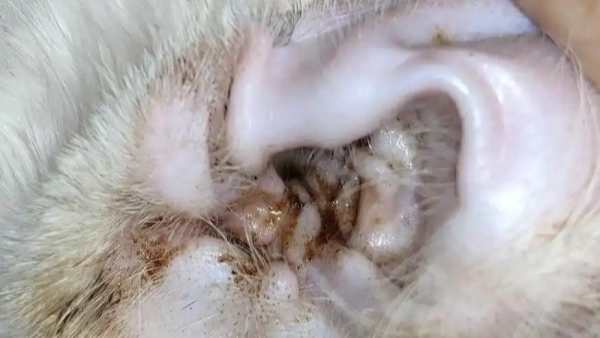
Can Flea Treatment Kill Ear Mites?
Dual-Action Products
Some products are specifically designed so that flea treatment kills ear mites as well. Popular veterinary-approved examples include:
Revolution (selamectin) – Targets fleas, ear mites, and certain internal parasites.
Advantage Multi (moxidectin + imidacloprid) – Broad coverage, especially helpful for outdoor cats exposed to multiple parasites.
Advantages and Limitations
| Treatment | Coverage | Duration | Ease of Use | Ear Mite Effectiveness |
|---|---|---|---|---|
| Spot-on treatments | Fleas + ear mites | 1 month | Easy | Effective |
| Oral medications | Fleas + internal worms | 1–3 months | Moderate | Limited |
| Ear drops | Ear mites only | Short-term | More effort | Effective |
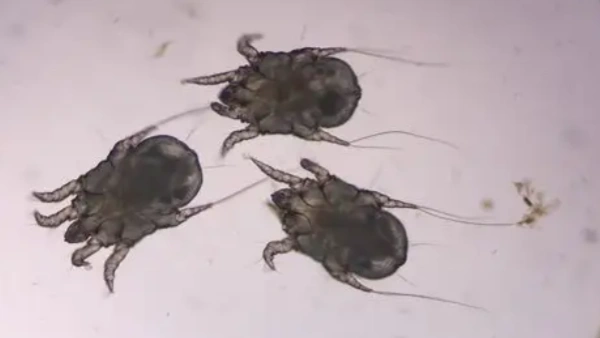
Spot On Mite Treatment for Cats
How to Apply
To use spot on mite treatment for cats, part the fur at the back of the neck and apply directly onto the skin. This prevents your cat from licking it off. Avoid bathing your cat for at least 24 hours after application.
Benefits
Long-lasting protection, usually up to one month
Simple application without forcing pills
Covers fleas, mites, and sometimes internal parasites
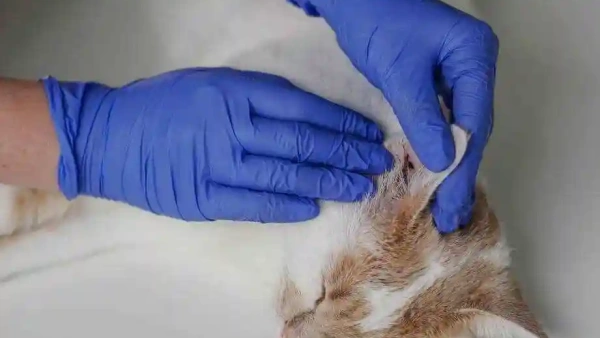
Ear Care While Treating Parasites
Cleaning Tips
Use a veterinarian-recommended ear cleaner. Never push cotton swabs deep into the ear canal; instead, use cotton pads to gently wipe visible debris. Regular ear cleaning supports the effectiveness of any flea and ear mite treatment for cats.
When to Combine Treatments
If ear mite infestations are severe, your vet may recommend combining spot-on medication with ear drops for faster recovery. Avoid using alcohol or harsh chemicals inside the ears.
Signs of Recovery
Less head shaking and scratching
Reduced ear debris and wax
Calmer behavior and restored comfort
Prevention and Home Care
Environmental Control
Wash bedding, blankets, and toys in hot water. Vacuum regularly to remove flea eggs and larvae. Pet-safe sprays can also help reduce infestations in the home.
Multi-Cat Homes
All cats in the household should receive preventive treatment at the same time. Quarantine and treat new cats before introducing them to the group to prevent reinfection.
Routine Prevention
Even if you don’t see fleas or mites, monthly preventive treatment is highly recommended. Parasites are easier to prevent than eliminate once established.
Possible Complications
Flea-Related Problems
Flea allergy dermatitis
Anemia in severe infestations
Tapeworm transmission
Everything Our Vets Recommend
Ear Mite Risks
Chronic ear infections
Ear canal narrowing or scarring
Hearing loss in severe cases
Flea and Ear Mite Treatment for Cats FAQs
Does flea treatment kill ear mites too?
Yes, certain treatments like selamectin or moxidectin target both fleas and ear mites. For advanced infections, extra ear drops may be needed.
How often should I use spot on mite treatment for cats?
Most are applied every 4 weeks, but always check the product label or follow your veterinarian’s advice for accurate dosing.
Is flea and ear mite medicine for cats safe for kittens?
Many treatments are only safe for kittens over 8 weeks old. Always consult your vet before using any product on young kittens.
Extended Considerations
Treatment for Pregnant or Nursing Cats
Not all medications are safe during pregnancy or lactation. Choose vet-approved products specifically tested for use in breeding or nursing cats.
Can fleas or ear mites affect humans?
Ear mites generally don’t transfer to people, but fleas can bite humans. Maintaining a clean home environment is crucial for everyone’s comfort.
Final Thoughts
A consistent flea and ear mite treatment for cats plan keeps your pet comfortable and healthy. Whether you choose spot-on, oral, or ear-specific medication, always consult your vet for the safest choice. Prevention, regular cleaning, and early treatment are the keys to protecting your feline friend. Start today and make parasite control part of your cat’s monthly routine!
You May Like:
- Fleas on Newborn Kittens: Complete Treatment and Prevention
- Flea Spray for Kittens: Best Options and Vet Advice 2025
- How Long Does Flea Medication Take to Work? Updated 2025 Tips
- Safest Flea Prevention for Cats: A Complete 2025 Owner’s Guide
User Comments
Does flea treatment kill ear mites too?
Can dogs take human probiotics?
Can dogs have people probiotics safely?
Related Articles
View all
How Often Flea Treatment Cat? Most Owners Get This Wrong

How to Apply Flea Medicine on Cats: Beginner’s Guide
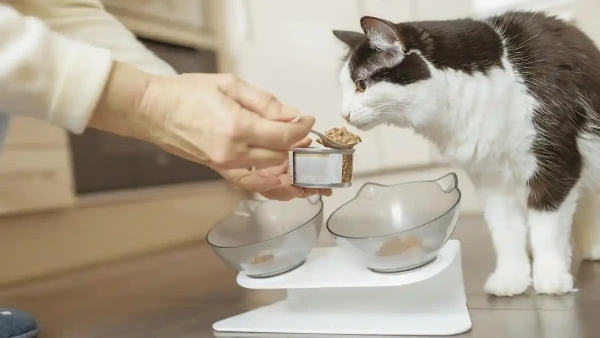
Best Cat Flea Spray for Cats in 2025: Vet Approved
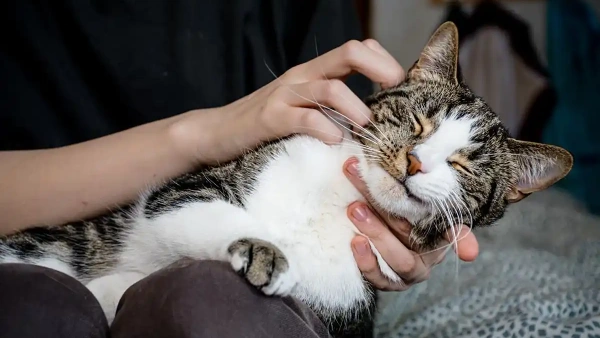
Where to Put Flea Treatment on Cat: Updated 2025 Guide

How Often Flea Treatment Cat? Most Owners Get This Wrong

How to Apply Flea Medicine on Cats: Beginner’s Guide

Best Cat Flea Spray for Cats in 2025: Vet Approved

Where to Put Flea Treatment on Cat: Updated 2025 Guide

Best Flea and Ear Mite Treatment for Cats (2025 Review)

Safest Flea Prevention for Cats: A Complete 2025 Owner’s Guide

Flea Spray for Kittens: Best Options and Vet Advice 2025

Fleas on Newborn Kittens: Complete Treatment and Prevention
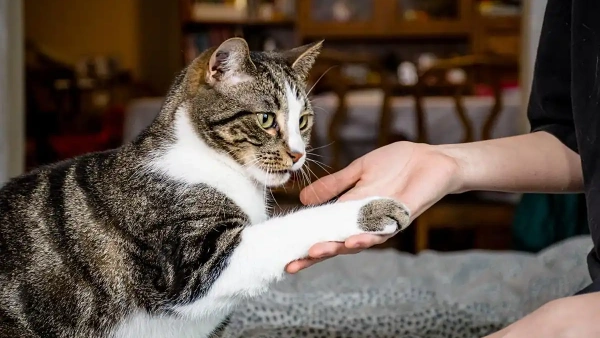

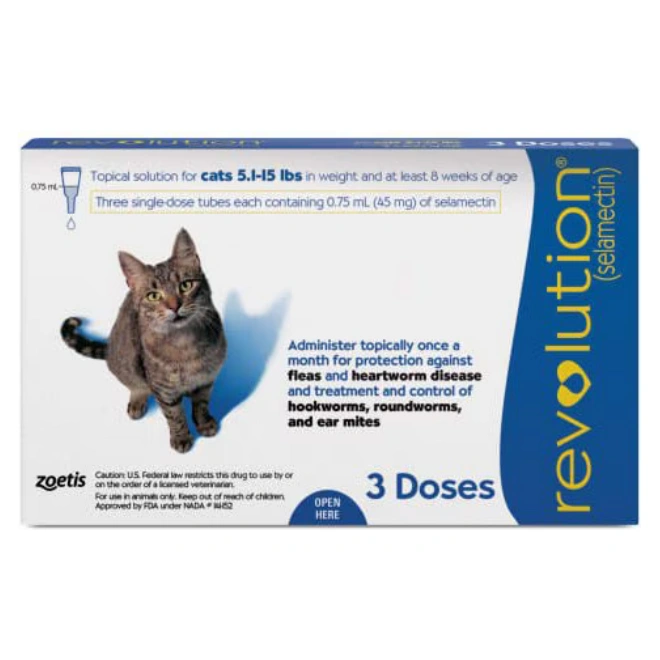
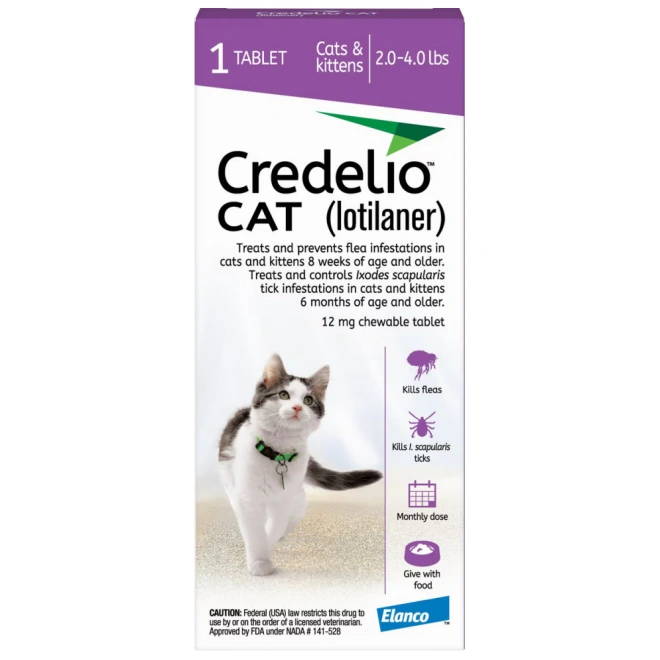
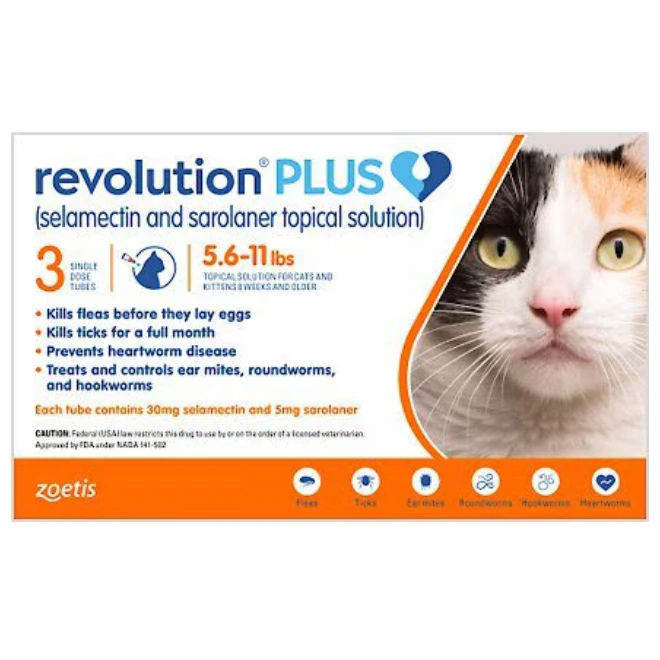
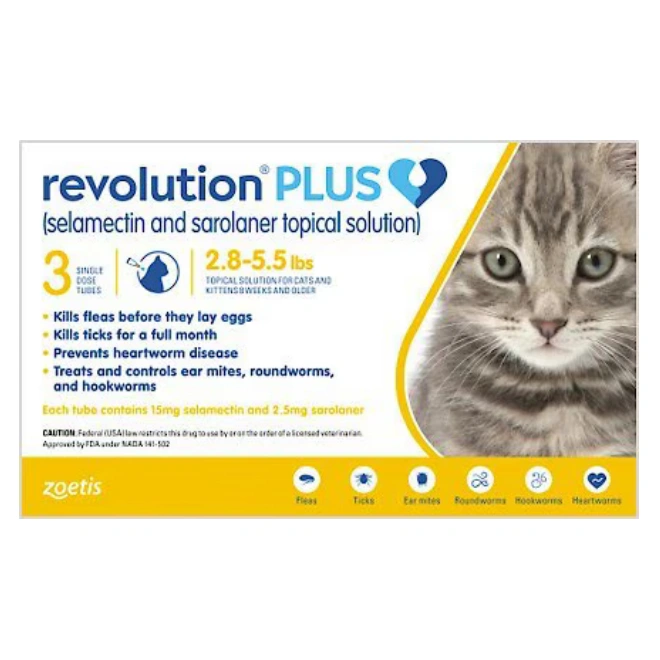








Leave a Reply